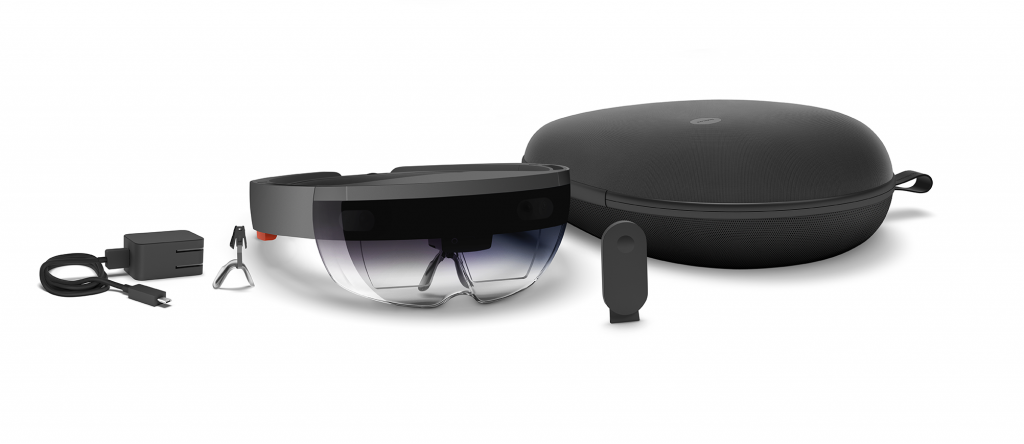Windows 10 PCs coming out next year will have Windows Holographic access
 Tuesday, August 16, 2016 at 9:03PM
Tuesday, August 16, 2016 at 9:03PM Mixed reality is almost upon us. Microsoft Windows head Terry Myerson announced at Intel’s annual developers’ conference that the company is partnering with intel to allow Windows 10 PCs coming out next year to have support for mixed-reality applications. What mixed reality is, as defined by Recode: “The key term for mixed reality, or MR, is flexibility. It tries to combine the best aspects of both VR [virtual reality] and AR [augmented reality], wrapped up in a marketable term that sounds marginally less geeky than its cousins. In theory, mixed reality lets the user see the real world (like AR) while also seeing believable, virtual objects (like VR). And then it anchors those virtual objects to a point in real space, making it possible to treat them as "real," at least from the perspective of the person who can see the MR experience.”
The upcoming PCs will have the holographic shell built in—this is the same operating system running on the Microsoft HoloLens headset. PCs will work with a head-mounted display and run all Windows Holographic apps and this will be enabled by “6 degrees of freedom devices,” which are input devices to add positional tracking alongside other traditional input forms like clicking and pointing. And it’ll be widely available, too. So you don’t require a high-powered machine needed by some of today’s VR headsets. The Microsoft demo video at the conference showed Windows 10 Holographic running at 90FPS on a tiny Intel NUC desktop PC.
Source: TechCrunch + The Verge






















